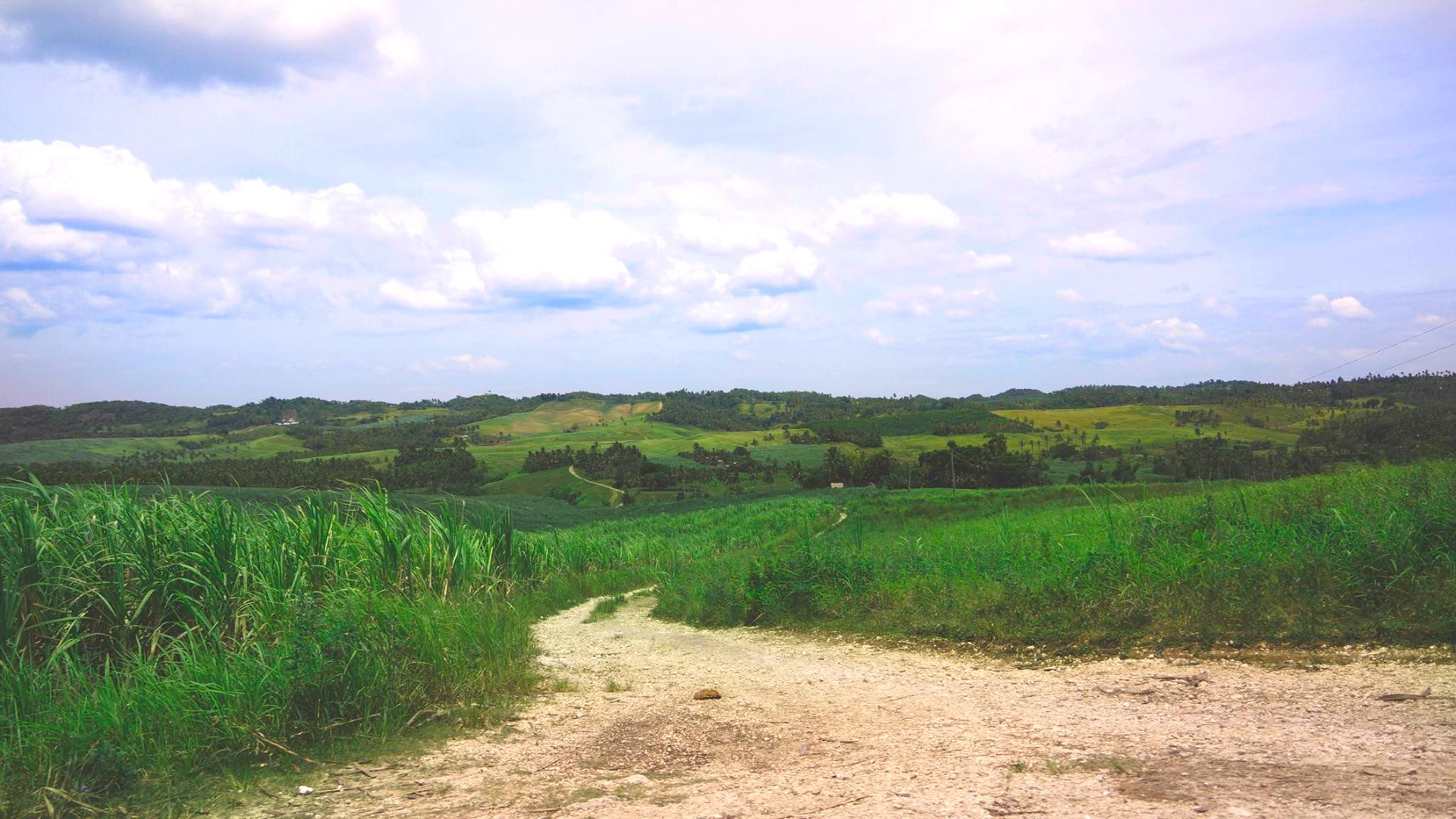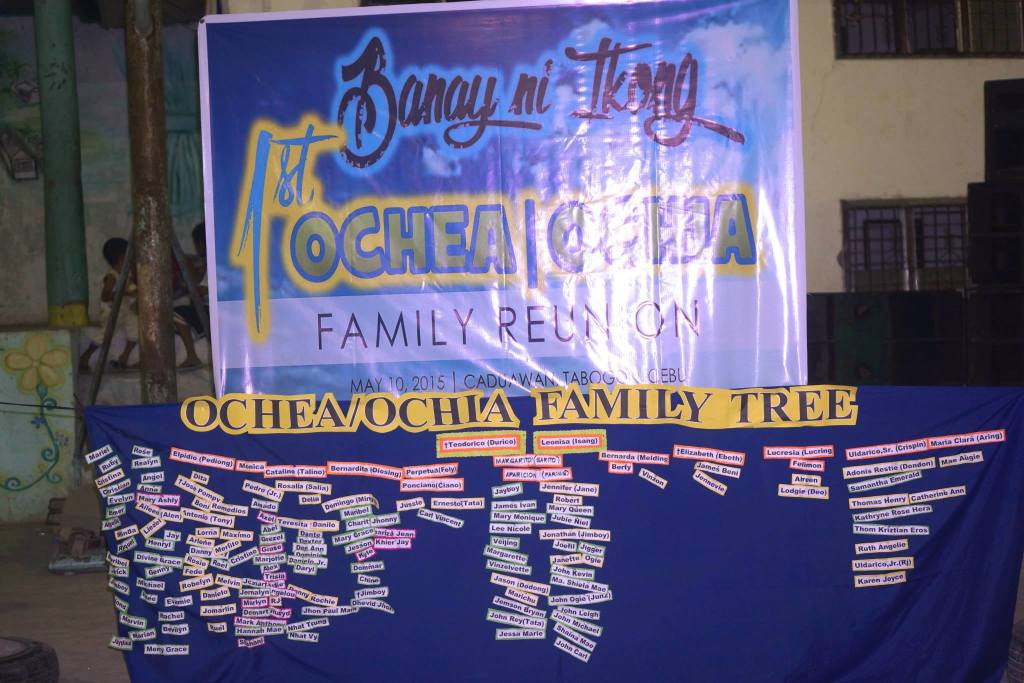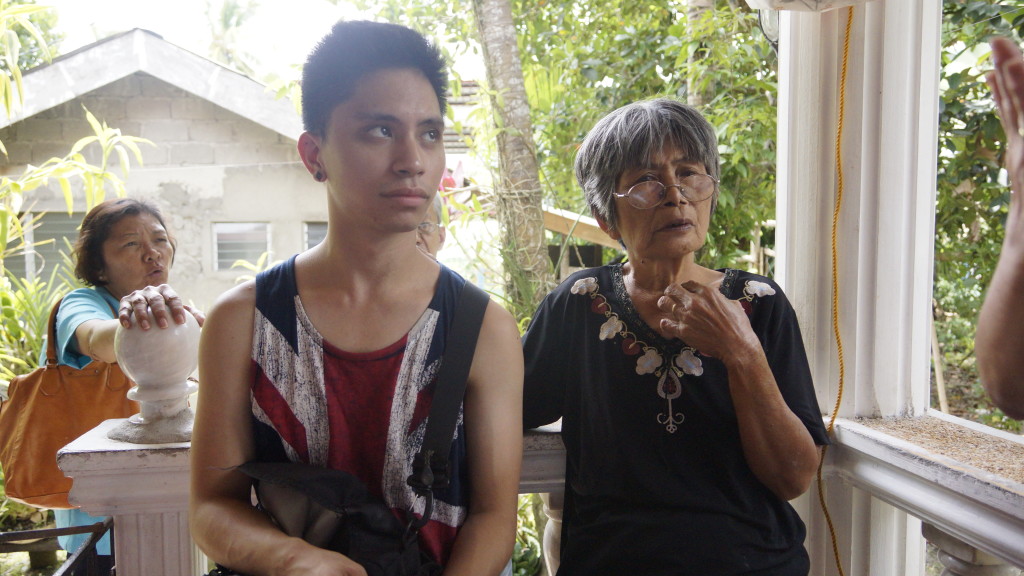I remember the first few moments attending the Philippine American Community Center of Michigan (PACCM). There were many different languages of the Philippines being spoken back and forth, sounds and phrases that were familiar and alien to me as well. It was when I heard someone speaking out of the sea of other languages in the crowd had entranced me to this forgotten language that was once mine and that hearing the Cebuano or Bisaya language once again was eerily nostalgic.
It is documenting the loss in cultural and ethnic identity, and currently where I find these moments past, present and future moments most precious to keep and capture of how I’ve come to be seen and/or accepted as a member of my biological family in the Philippines very crucial and important.
Join me in my journey and let’s paint this picture together of reunion and reconciliation.
__
I invite you to join me on the rest of this journey to reach back as I move forward.
–> Visit my Indiegogo campaign at https://igg.me/at/OnceUponAnOchia-/x
–> Follow me on twitter at https://twitter.com/binitaydoc
–> Join our Facebook community at http://www.facebook.com/binitaydocumentary






